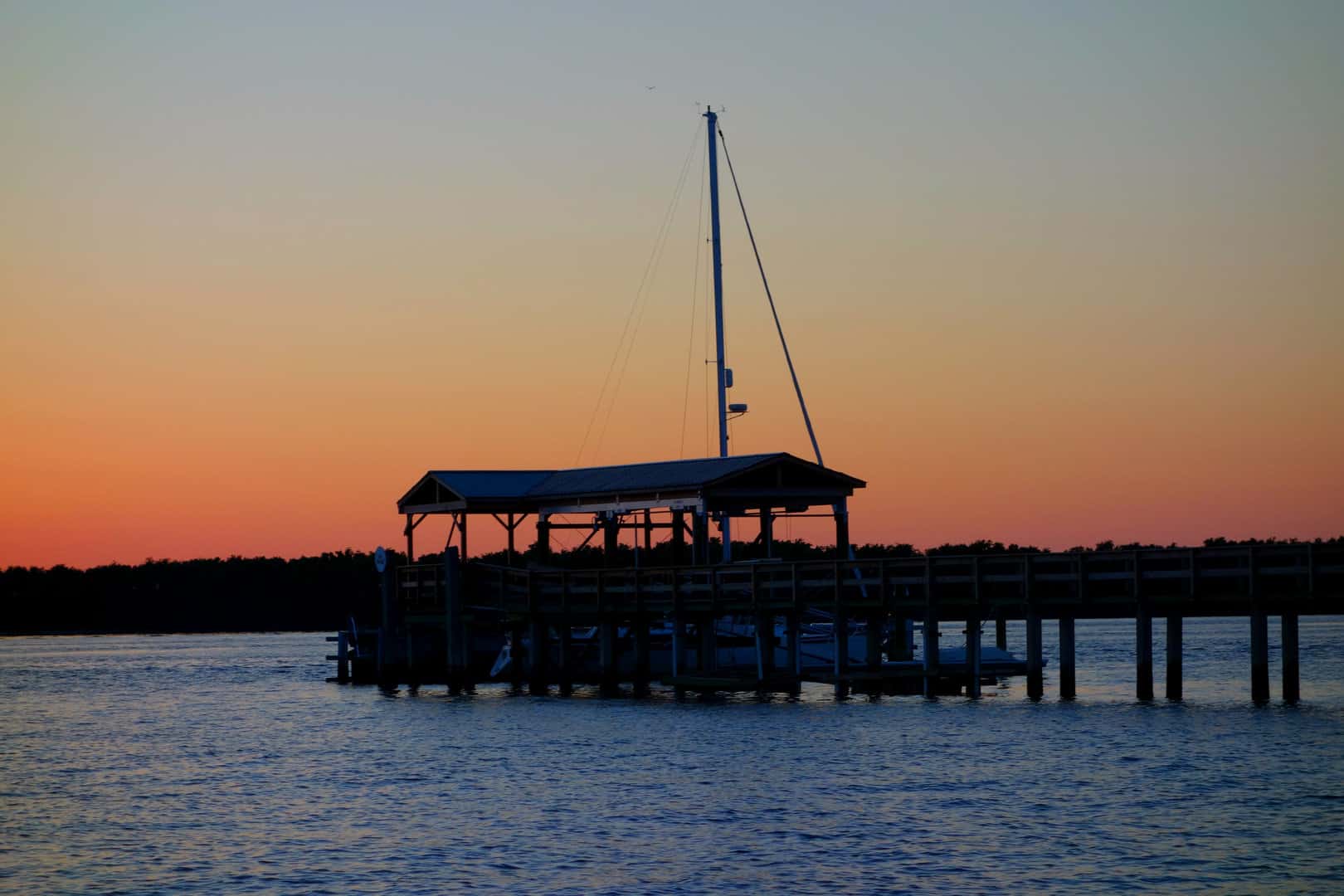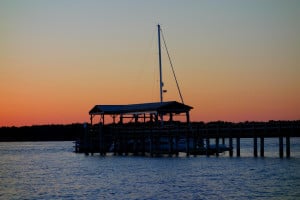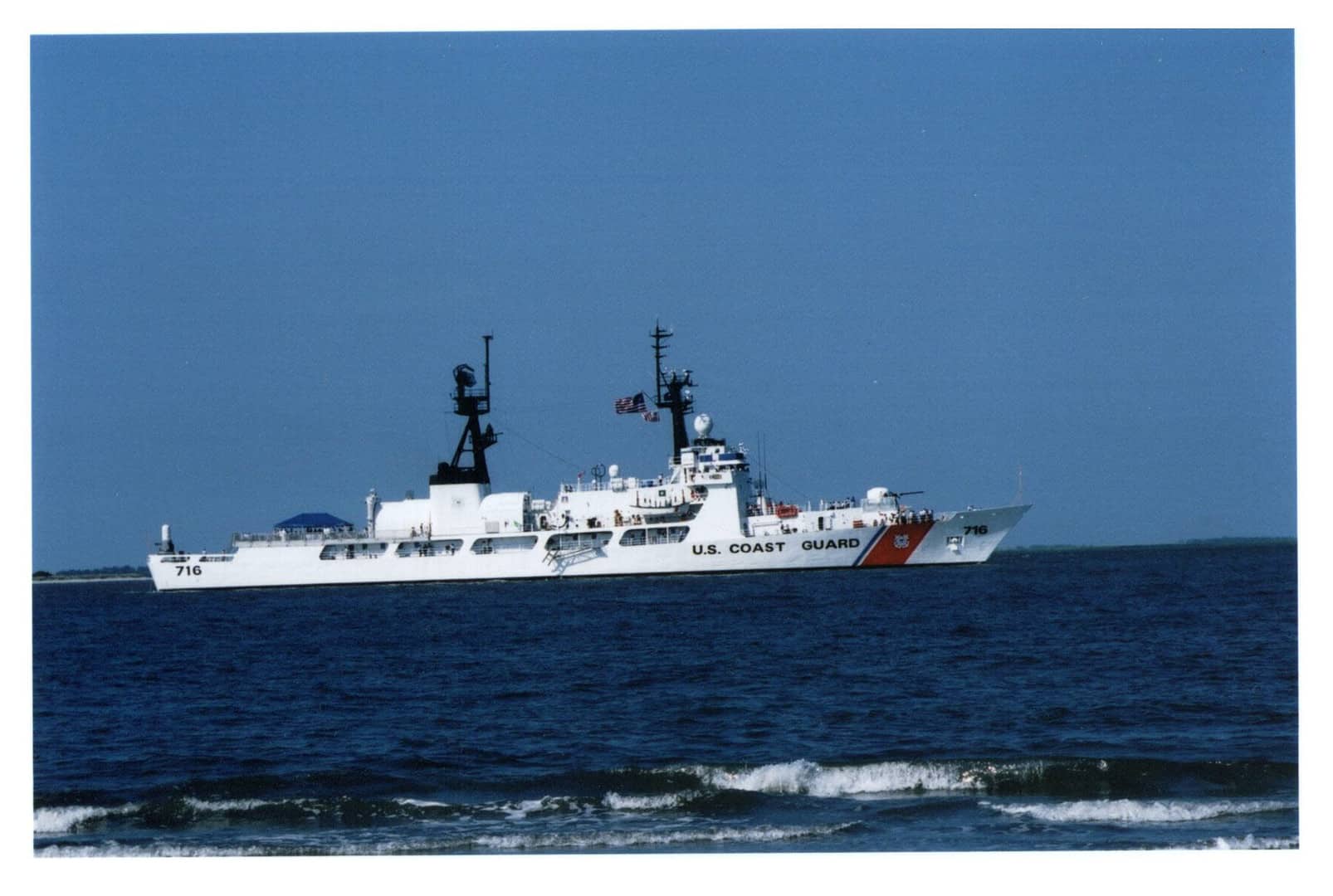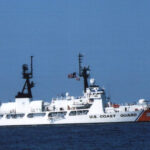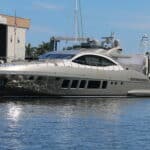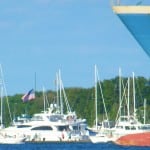Good morning to Captain and Crew alike, and welcome to the Admiralty Docket. Today, we explore the boundaries of Admiralty Tort Jurisdiction – that is – whether admiralty law applies to certain accidents and other occurrences.
The relative significance of admiralty jurisdiction varies by case, and the determination can have far ranging consequences to litigants, but this is a subject for another article in the Admiralty Docket. Today, we focus on the jurisdictional test.
Admiralty tort jurisdiction extends to occurrences involving vessels on the navigable waters (including inland rivers which are navigable in-fact and inland lakes which cross state borders) of the United States. Through the Admiralty Extension Act, it extends to torts caused by vessels in navigation which have the majority of their effects or are brought to fruition on land. See, e.g. Grubart v. Great Lakes Dredge & Dock Co., 513 U.S. 527, 115 S.Ct. 1043, 1995 A.M.C. 913 (1995).
The jurisdictional inquiry must now begin with whether there was an occurrence on the navigable waters of the United States. The locality is important because “navigable waters of the United States” in this context refers to those waters within which there is at least the potential for commercial shipping in interstate commerce. This could include, for instance, inland lakes connected to river systems which flow to the ocean, so long as there are locks or some other mechanism to provide potential for commercial access to and from the lakes themselves.
The second step in the jurisdictional analysis, the “maritime nexus” test, has developed over the last several decades and is meant to exclude those torts which occur in a maritime locale but which most would agree should not be within the Admiralty Jurisdiction. The “maritime nexus” test now has two parts: 1. Is there a potentially disruptive impact on maritime commerce? and 2. Is there a substantial relationship to traditional maritime activity? Sisson v. Ruby, 497 U.S. 358, 110 S.Ct. 2892, 1990 AMC 1801 (1990).
It is important to note that recreational boat accidents are not categorically excluded from admiralty tort jurisdiction, and in fact many if not most accidents occurring on recreational vessels in navigable waters are within admiralty jurisdiction. The maritime nexus test has, however, been used to exclude various types of torts from admiralty since Sisson. For a concise example with local flavor, see Gossett v. McMurtry, 764 F.Supp.2d 782, 784 2010 AMC 2122 (D.S.C. 2010)(recreational fisherman’s claims arising out of the publication of photographs depicting another fisherman’s bare buttocks next to his face while he slept on a boat did not pose more than a fanciful risk to maritime commerce).
More next week on the Admiralty Docket. Until then, remember that your rights and responsibilities may change as you approach the shore, and may God Almighty grant you pleasant sailing.

